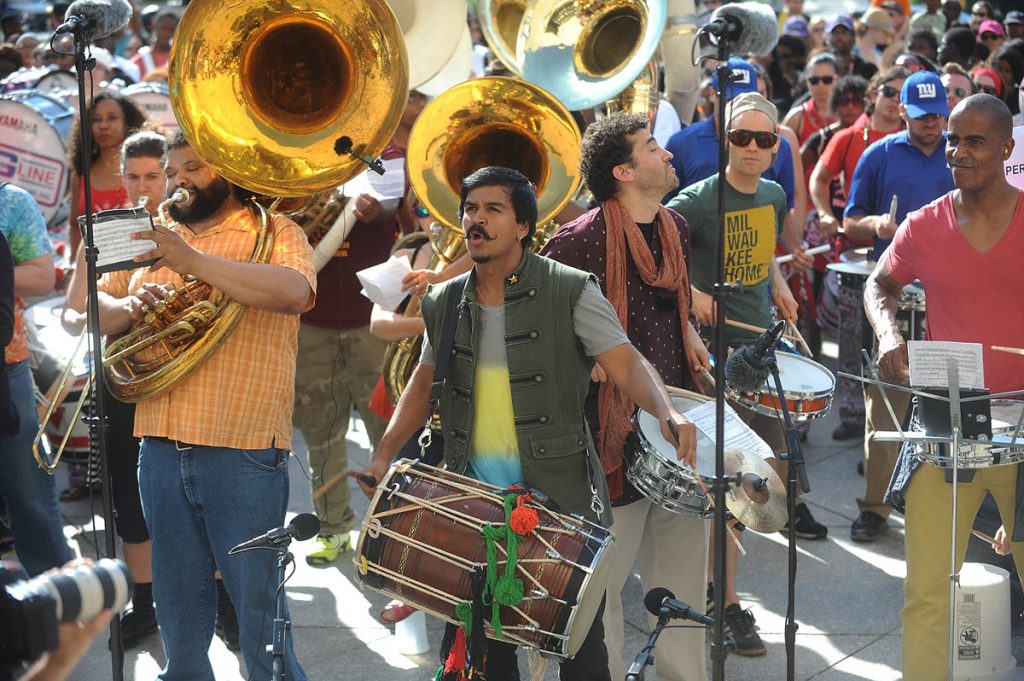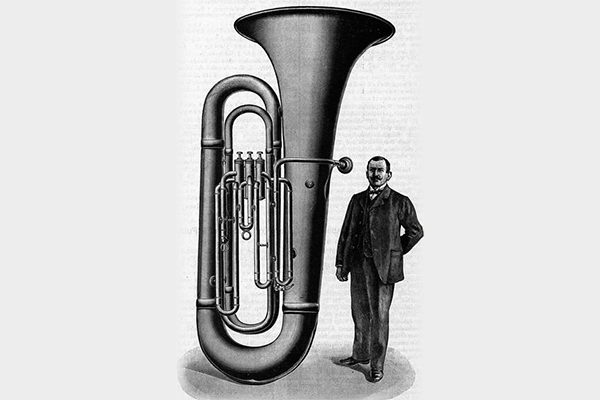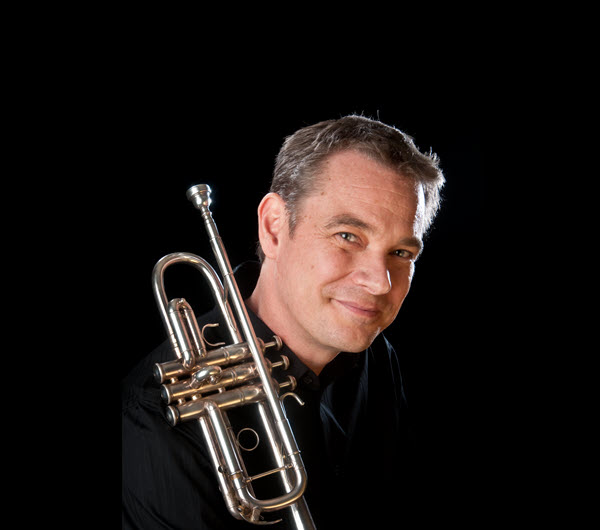This Is How Music Moves Us
The intricate and delicate relationship between music and dance begins in the brain.
Many of us talk about the way our favorite music “moves” us, but most musicians I know don’t like dancing, and are not particularly good at it, either. Yet all musicians use their bodies to make music. Whether it’s blowing in a tube (trumpets, clarinets), bowing a string (violin, cello), using a mallet or stick (timpani, xylophone, drums) or pressing keys (piano, organ), there is no musical sound without some body movement initiating it, and most commonly, many successive body movements. Even singing, which requires that we force a column of air through our larynx and modulate our vocal folds in very precise ways, requires movement — it’s just that most of those movements are invisible to observers.
Clearly, professional dancers must have a strong musical sense in order to do what they do, just as musicians must have a strong sense of rhythm in their bodies. I’ve become interested lately in why and how non-professionals move to music — regular people dancing at parties, at concerts, raves or in their own living rooms with the shades drawn.

To put this in context, infants begin to move their bodies rhythmically in response to music in their first two years of life, even before they have full control over their motor systems. These early movements are not usually synchronized with the music — that skill typically emerges at around age three or four, though many children are not especially good at it until they are older. Some animals can also keep a beat, although generally not much better than two-year-olds. Quasi-synchronization has been claimed for California Sea Lions, Rhesus Macaque Monkeys, and Eleonora Cockatoos.
What is it in the brain that causes us to move to music? As infants, we all go through a period of exploring the world we’re in and trying to manipulate it — this is part of an exploratory instinct (or “program,” if you prefer) in the brain. We learn about the world by actively exploring it, by interacting with it. When a baby reaches for a spinning mobile above its bed, it is acting this out. What it learns is how to move its arms toward a specific object, and, later, how to predict where a moving object will be and reach out to grab it. Reaching and grasping are two of the basic ways that babies learn how to make movements that have desired consequences. When we’re older, we learn to catch a ball thrown at us, to hit a baseball, get on and off a moving escalator, and so on. Neuroscientifically speaking, babies and young children are coordinating the input-output link between their visual systems and their motor systems. That is, they see something with their eyes, and due to complex circuitry in the brain, they can learn to create an appropriate motor response. This visual-motor coupling is fundamental.
Similarly, we have auditory-motor coupling circuits that allow us to take in information from our ears and respond appropriately with our hands, feet and other body parts. Toddlers love their little noise-making games because it reinforces this training: they push on a button, lever or key and a sound comes out. Magical! (The same word I’d use to describe watching Chick Corea play the piano.) One of the things that effectuates such coupling is that entire populations of neurons — millions at a time — synchronize their firings to the beat of the music. This makes it easy for us to move our bodies in time to the music. And, in a recent experiment I published with my colleagues Dan Abrams and Vinod Menon, we found that when people listen to music together, their brain waves synchronize too. This has huge implications for diplomacy and the prospects for peace, as well as for reducing interpersonal and intergroup tensions.
So why is it that so many professional musicians don’t dance? We don’t have any research on this, but I suspect it’s because, compared to dancing, playing a musical instrument and singing require both different muscles and a very different use of those muscles. For a musician, a tenth of a gram of pressure from the fingers or a 1/1000th of a second difference in timing can make all the difference between a great-sounding note and a bad-sounding one, and the musician needs to make hundreds of these kinds of microdecisions a minute. Casual dancers also need to exert muscle control, but the movements are very different, and typically require less precision. It’s also a different approach and mindset: You can dance and have a good time (more so if you’re uninhibited) at any skill level. But playing a musical instrument in a satisfying way requires a minimum level of skill. Musicians may not enjoy dancing because they are accustomed to their rhythmic movements to be very highly refined (and to come as a result of arduous training), and they can’t let go of that mindset long enough to cut loose and cut some rug.
Speaking of the precise movements required to play a musical instrument, an interesting thing happens when musicians practice: They expand the regions of their brain used for performing on their instruments. Violin players, for example, have an increased area of the part of their brain that controls their left hand, the hand that is required to make the most precise movements. Musicians in general tend to have a larger than normal corpus callosum, the bundle of fibers that connect the two cerebral hemispheres — the left brain and the right brain. As musicians get better, their movements become routine, which is just another way of saying that new pathways get wired up in the brain that allow them to play with their memory, and with their subconscious, without having to consciously direct their fingers (or vocal cords). This allows musicians to concentrate on the emotional aspects of their performance, and on communicating those emotions to their audience.
And, perhaps, to dance a little on stage too.















